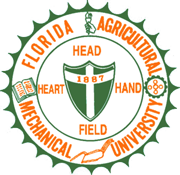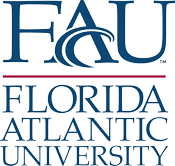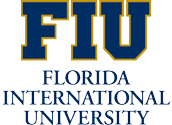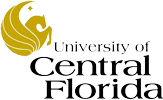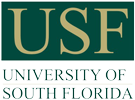PublicationsHome | Show All | Simple Search | Advanced Search | Journal Articles | Reports | White Papers |
|
| This database provides access to publications produced by Florida Climate Institute members and relevant to the FCI mission. To submit a publication for inclusion in this database, please email info@floridaclimateinstitute.org. | |
Recent Changes
|
| Most recently added publications: | |||||||||||||||||||||||||||||||||||||||||||||||||||||||||||||||||||||||||||||||||||||||||||
|
|||||||||||||||||||||||||||||||||||||||||||||||||||||||||||||||||||||||||||||||||||||||||||
| Home | CQL Search | Library Search | Show Record | Extract Citations | Help |


